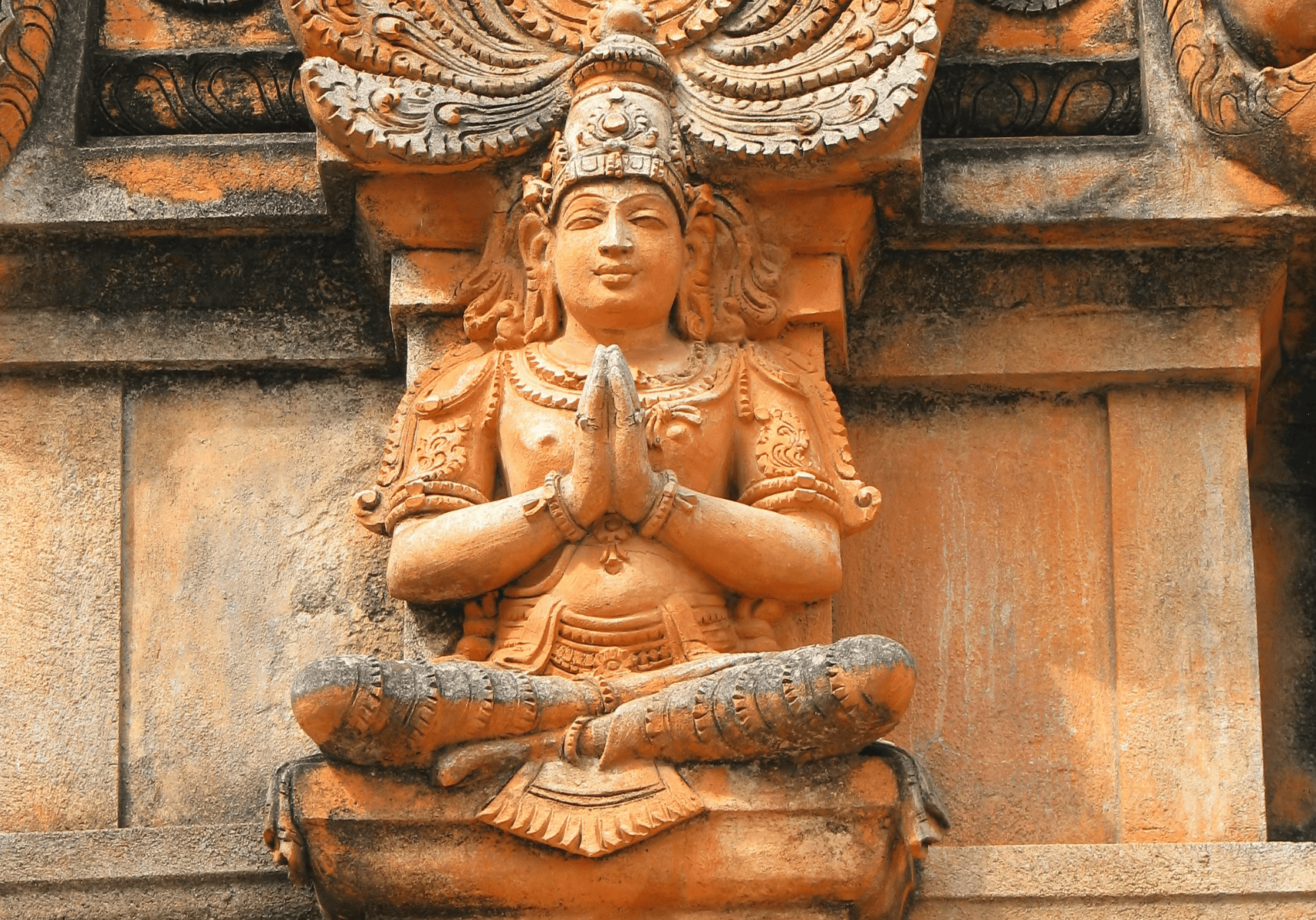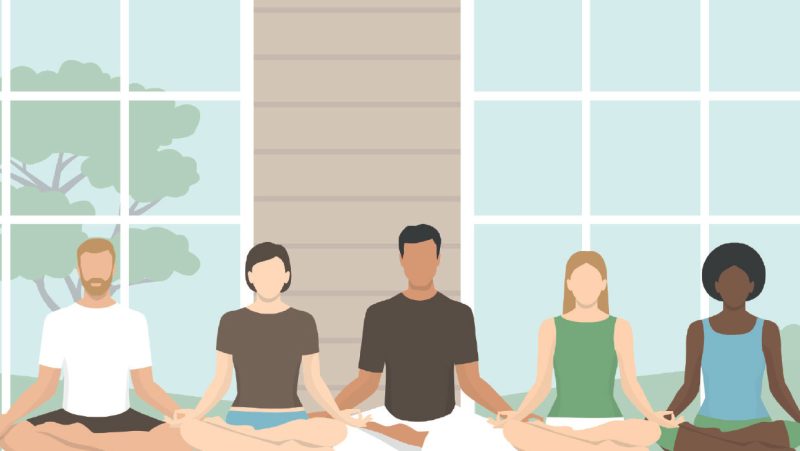
The History of Yoga
Origin and Development - By Beth Rush
Reading time: 4 minutes
Yoga is an ancient practice with roots in India spanning thousands of years. Discover how this discipline became a worldwide movement.
When you think about yoga, you may imagine meditation, balance and flexibility. It’s been revered for its easy and holistic approach to well-being for many years. Explore the history of yoga — uncover its origins, why it became a global phenomenon and learn some common terms.
The History of Yoga
Yoga is an ancient practice that originated in India over 5,000 years ago. The term was first mentioned in Rig Veda, an old Indian collection of Vedic Sanskrit hymns. It’s derived from the Sanskrit word “Yuj,” meaning “to join” or “to unite,” indicating the synergy between the mind and body, as well as man and nature.
Contrary to popular belief, yoga is not associated with any religion, community or belief system. It has always been rooted in achieving inner well-being through postures and breathing exercises.
When Did Yoga Become Popular?
Swami Vishnudevananda was a guru who taught classical yoga to the Western world. He adapted the ancient tradition and emphasized yoga’s spiritual and meditative aspects to encourage people to learn it. He came to the U.S. in 1883 and conducted conferences about yoga, touting it as a “science of the mind.”
Today, many people practice yoga. A quick search on YouTube will show you thousands of practices. The world has also witnessed many innovations — including hot yoga, restorative yoga and goat yoga — while still honoring the origins of yoga. Whatever the form, yoga promises to help improve overall health, flexibility and stamina. The practice also helps relieve stress, helping you connect to mind, body and spirit.
The Eight Main Limbs of Yoga
Shiva is known as the first yogi and guru in yogic lore. Shiva shared his profound knowledge with the legendary Saptarishis — or seven sages — from several parts of the world. A sage named Patajali shared the Yoga Sutras, which defined the eight limbs of yoga, now regarded as the foundation of Indian yogic tradition.
The Yoga Sutras should be practiced in order. The eight limbs include the following tenets:
- Yama (Abstinence): This refers to disciplines concerned with the world and people around you. It entails truthfulness and abstaining from harmful actions.
- Niyama (Positive duties): Niyama is about the truth within. It entails cleanliness, contentment, self-reflection, a growth mindset and full surrender to a higher power.
- Asana (Posture): Practicing asana means fully embracing meditation so you feel comfortable and steady. It pertains to the yoga poses people practice today.
- Pranayama (Breathing techniques): Pranayama is about breath control to free the mind.
- Pratyahara (Sense withdrawal): Pratyahara focuses on being in the present moment.
- Dharana (Focused concentration): Dharana promotes next-level focus so you can perform your tasks well.
- Dhyana (Meditative absorption): This encourages you to engross yourself in the present moment fully.
- Samadhi (Bliss or enlightenment): After mastering all the former tenets, you will achieve enlightenment or the ability to embrace the present indefinitely.
3 Common Yoga Words Still Used Today
Yoga uses some words that are challenging to recognize. The practice uses Sanskrit — one of the oldest languages in the world. Here are some well-known yoga terms and their meanings.
1. Hatha Yoga
The word “hatha” means “willful.” It could also mean “sun and moon,” referring to the balance it provides. This is a modern type of yoga that involves longer-held poses called Bandhas.
2. Namaste
This word means “I bow to you.” Namaste is a common greeting in yoga and India. It’s often chanted at the closing end of the class, with palms pressed together in front of the heart and the head bowing toward it.
3. Chakras
These refer to the seven energy centers that run along the spine. You need to open and balance your chakras. When it’s blocked, you may experience physical or emotional symptoms.
Embrace Yoga’s Origins
Yoga has proven its resilience, adaptability and essence in the modern world. It’s a journey that helps promote your overall well-being, making it an excellent practice to incorporate into your routine. Now that you know the history of yoga, you’ll develop a more holistic approach to your practice.







